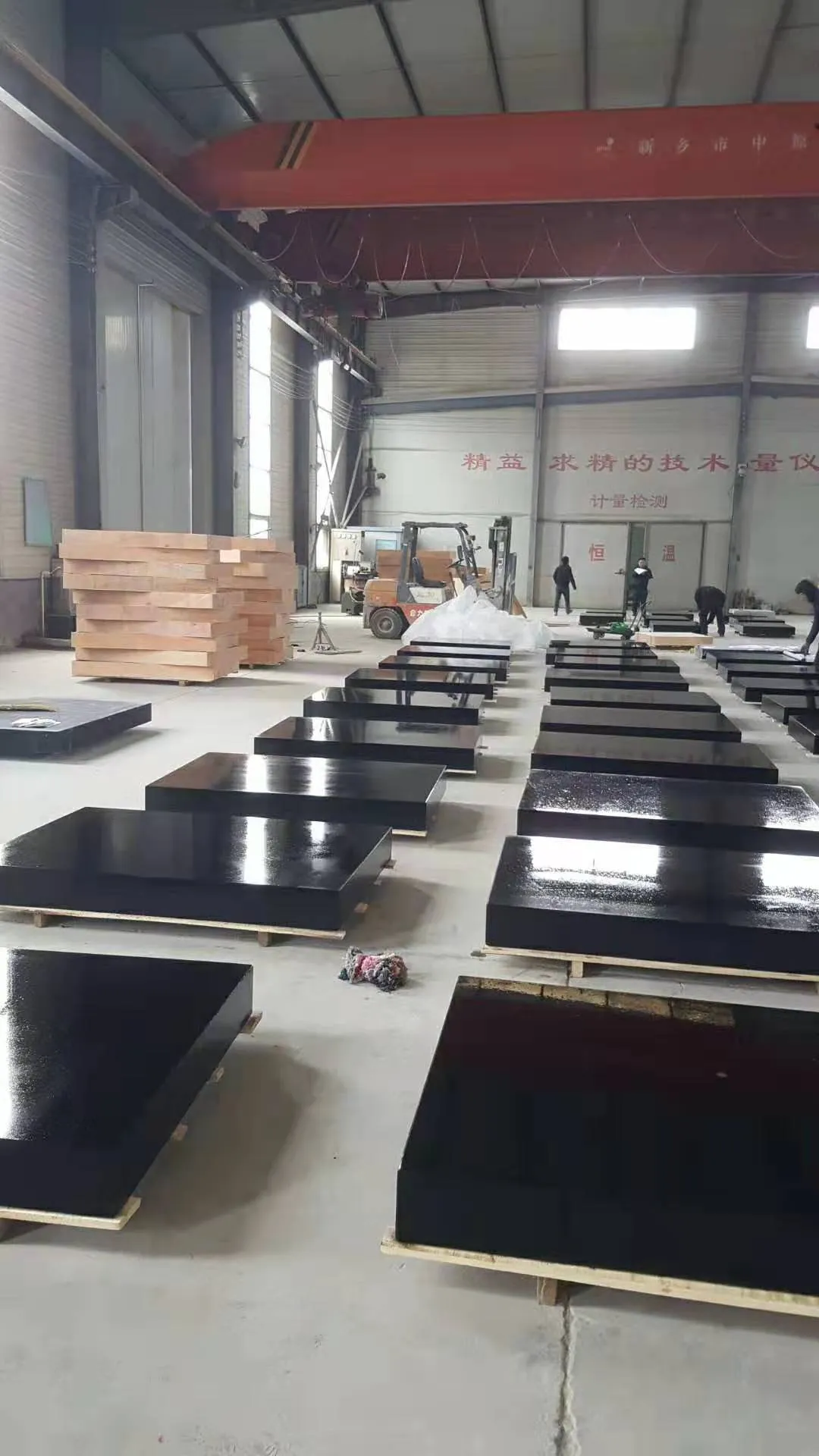Nov . 27, 2024 14:24 Back to list
Understanding Various Ball Valve Types and Their Specific Functions in Systems
Types of Ball Valves and Their Functions
Ball valves are essential devices in various industries, utilized for controlling the flow of fluids through pipelines. They employ a spherical disc to regulate the flow, known as the ball, which has a hole through its center. When the valve is opened, the ball's hole is aligned with the flow direction; when closed, the ball rotates to block the flow. This straightforward mechanism makes ball valves highly effective, reliable, and popular in various applications. Below, we will explore the different types of ball valves and their functions.
1. Single Piece Ball Valves
Single piece ball valves are made from a single piece of material, making them strong and compact. This design is often used in low-pressure applications and has a straightforward structure that minimizes the risk of leakage. They are appropriate for a variety of fluids, including water, gas, and oils. The main advantage is their simplicity and ease of installation, although they are not suitable for high-pressure environments.
2. Two-Piece Ball Valves
Constructed from two separate pieces, the two-piece ball valve design allows for easier maintenance and repair. The two pieces are connected by bolts and can be separated without disrupting the entire pipeline system, making them a flexible option for industries that require frequent maintenance. They are widely used for applications dealing with gas and liquids and can handle moderate to high pressures.
Three-piece ball valves consist of three separate parts the two end pieces and the middle body that houses the ball. This modular design is beneficial for high-pressure applications and allows for easy replacement of the ball or other components without removing the valve from the pipeline. Three-piece valves are ideal for industries that require a robust solution, such as the petrochemical industry, where maintaining integrity under pressure is critical.
types of ball valves and their functions

4. Trunnion Mounted Ball Valves
Trunnion mounted ball valves have a ball that is supported by trunnions (which are pivot points) at the top and bottom. This design allows the valve to handle higher pressures and larger diameters efficiently. The trunnion-mounted design provides a quarter-turn operation, reducing the torque required to operate the valve. These valves are often used in large-scale applications like oil and gas pipelines, where reliability and safety are paramount.
5. Floating Ball Valves
Floating ball valves feature a ball that is held in place by the two end pieces, allowing it to move slightly within the seats. This flexibility aids in creating a tighter seal when the valve is closed. Floating ball valves are suitable for lower pressure applications and are commonly used in water treatment plants and HVAC systems. Their simple design allows for ease of use and repair.
6. V-Port Ball Valves
V-port ball valves are specialized valves designed with a V-shaped opening in the ball. This design allows for precise flow control, making them ideal for applications that require throttling capability. V-port valves are commonly used in industries involving chemicals, food processing, and other applications where precise flow regulation is essential.
Conclusion
In conclusion, ball valves come in various types, each designed for specific applications and functions. From single piece to trunnion mounted designs, understanding the distinct features and benefits of each type is crucial for selecting the right valve for a particular application. Whether for general liquid management or specific high-pressure usage, the right choice of ball valve contributes significantly to the efficiency and safety of industrial processes. As industries continue to innovate and expand, the demand for reliable and effective ball valves will undoubtedly grow, making them a critical component in fluid management systems worldwide.
-
thread-plug-gauge-our-promise-of-measurement-excellenceNewsAug.22,2025
-
gauge-pin-class-reflecting-quality-legacyNewsAug.22,2025
-
check-valve-types-for-high-rise-buildingsNewsAug.22,2025
-
water-control-valve-for-irrigation-systemsNewsAug.22,2025
-
gate-valve-with-soft-seal-technologyNewsAug.22,2025
-
y-type-strainer-for-oil-and-gas-applicationsNewsAug.22,2025
Related PRODUCTS









